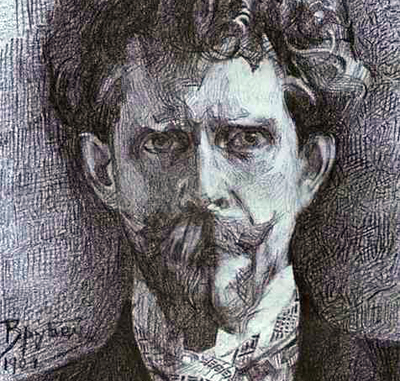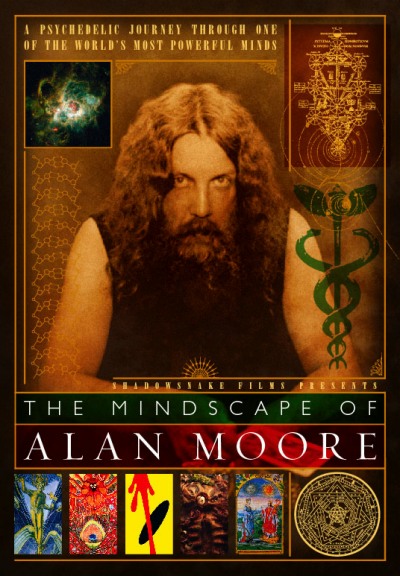Art is a Fanaticism that Demands Diplomacy

WWII image taken by Yevgeni Khaldey. Laibach was always present.
Laibach has finally returned to North America for a very short tour. If you’re in Portland or Seattle, I hope you saw them. If you’re in San Francisco, Hollywood, New York or Mexico City, you’re in luck! Click here for tour dates.
There are many reasons why this is my favorite band, and most of them actually don’t have much to do with the music. It’s the stories: weird, fantastical events that surround this band in which art, politics, history, media and human nature intersect in unexpected ways. My favorite Laibach story is this: in 1992, they group established the NSK State, a virtual “state in time.” Citizenship to the NSK State came complete with a very realistic-looking passport, and anyone could apply. Applications could be found at concerts and in the back of certain art books. In 1995, Laibach concluded their NATO tour in besieged Sarajevo. They declared Sarajevo to be NSK territory, so for a brief moment, the NSK State existed in the physical world. During this time, they issued 350 NSK diplomatic passports. What’s remarkable is this: some people were actually able to use these passports to escape occupied Sarajevo. Bosnian passports were not recognized at the borders, but a French soldier who saw the NSK ones let those people through. With their art and performance, Laibach was able to potentially save lives. Compelling – even more so when you consider that their work centers around a deadpan sense of humor.
The music is great too, of course! This entire website was designed while listening to Kapital, and partially inspired by the album’s aesthetic. So, Mildred and I will see you at the LA gig if you’re there. In the meantime, a random assortment of odd Laibach-related links:
- Melodrom – “Counting Days” – An ’80s-tastic music video featuring Mina Spiler, who performs with Laibach and sings on many of their recent songs (she’s also the subject of this illustration in Issue 01’s Laibach feature, in case you were wondering)
- Putokazi – “Play, Rew, F Fwd” – Dreamy, surreal music video by Croatian band Putokazi, with a rare vocal cameo by Laibach singer Milan Fras as the voice of a nightmarish teddy bear
- Fear the Kittens – Parody of Tanz Mit Laibach. Made in 2004, now an internet classic.
- Steel Trust – History of the Laibach euro-disco ballad and the lost Kapital that never was on Coilhouse
- Hilarious high school reenactment of the original Opus Dei video






















